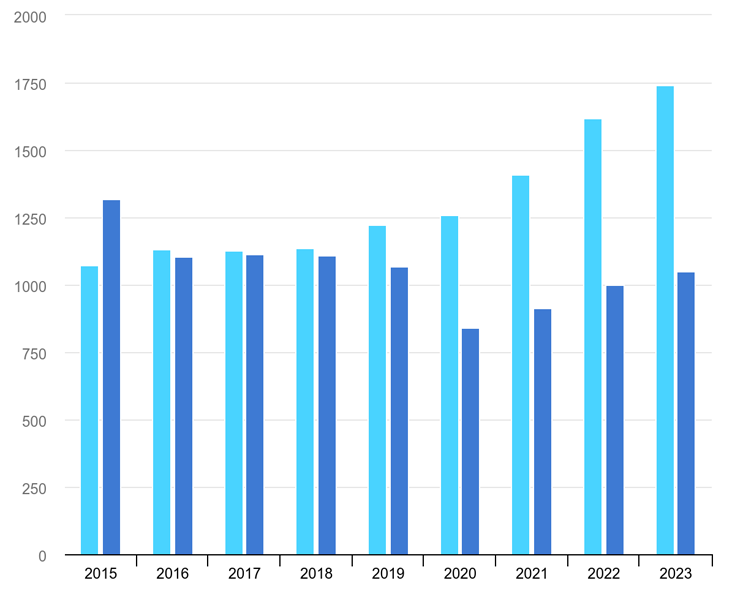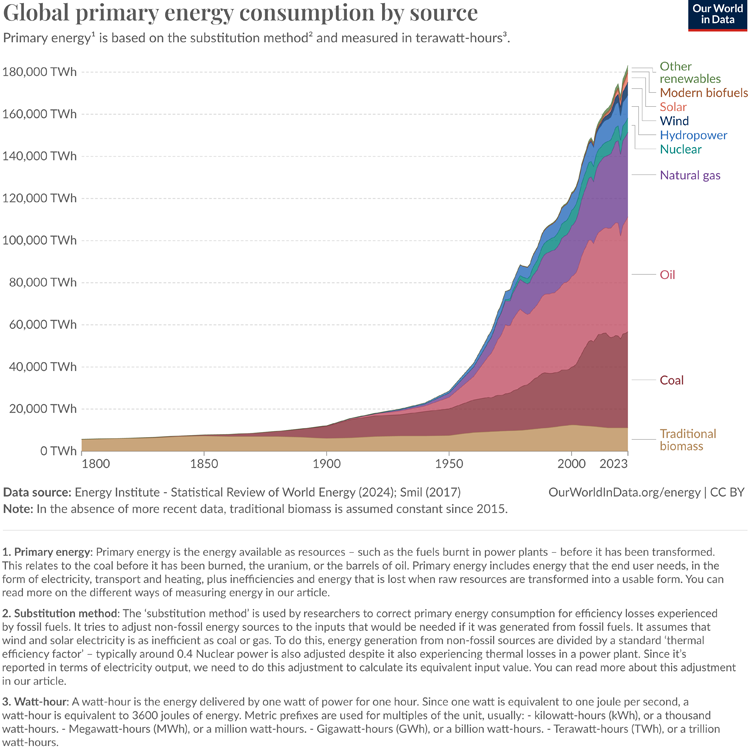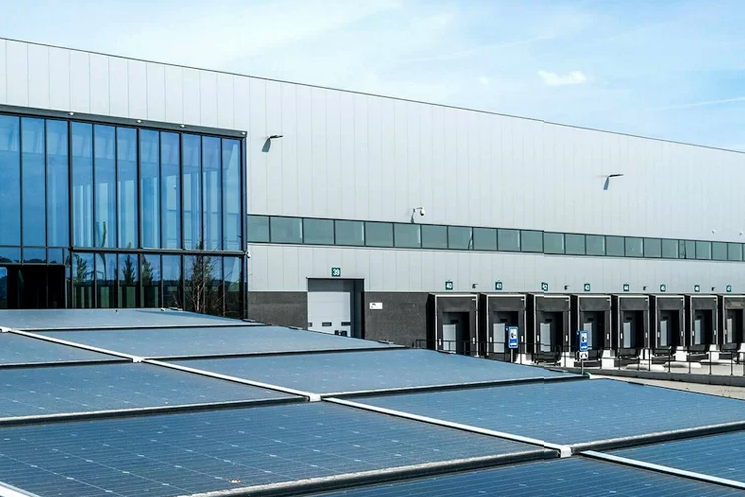Redefining How Buildings Use Energy
by Sarah Adams, Vert Asset Management
Over the past several decades, the energy system has steadily evolved to include more renewable energy sources. The energy supply is mostly fossil fuels and renewables. The fossil fuels are coal, methane, natural gas, and oil. Renewables are solar, wind, hydro, and biofuels. The biggest users of energy are transport, industry and buildings. Buildings alone consume 40% of the world’s energy.
Large scale renewable energy infrastructure is steadily gaining in roads among utilities. This allows building owners to access renewable energy supply through their local utility. Modernizing the grid to include distributive energy supply allows companies like Prologis to put unused energy back into the grid for local use.
Paradoxically, as technology has evolved to improve energy efficiency and reduce energy consumption overall, society is increasing its demand for electricity. Data centers lead this demand – powering our online activities like streaming, gaming, shopping, and telecommuting. The demand is projected to grow significantly alongside the demand for electric vehicles and the ramp up of artificial intelligence.
Going forward, building owners may explore ways to balance new energy demands by reimagining the role of the building in the energy value chain. One concept is to use buildings as energy storage. Currently we see this practiced most often as “demand response” which is when a utility customer voluntary reduces its electricity use, typically during times of peak demand or high outages, to help support the needs of the local grid. This is mostly used by large energy users such as data centers that can adjust their building’s energy needs in real time.
Read Sarah's full article that has numerous specific examples of companies and their Renewable Energy strategies, all here - https://greenmoney.com/redefining-how-buildings-use-energy
=====




